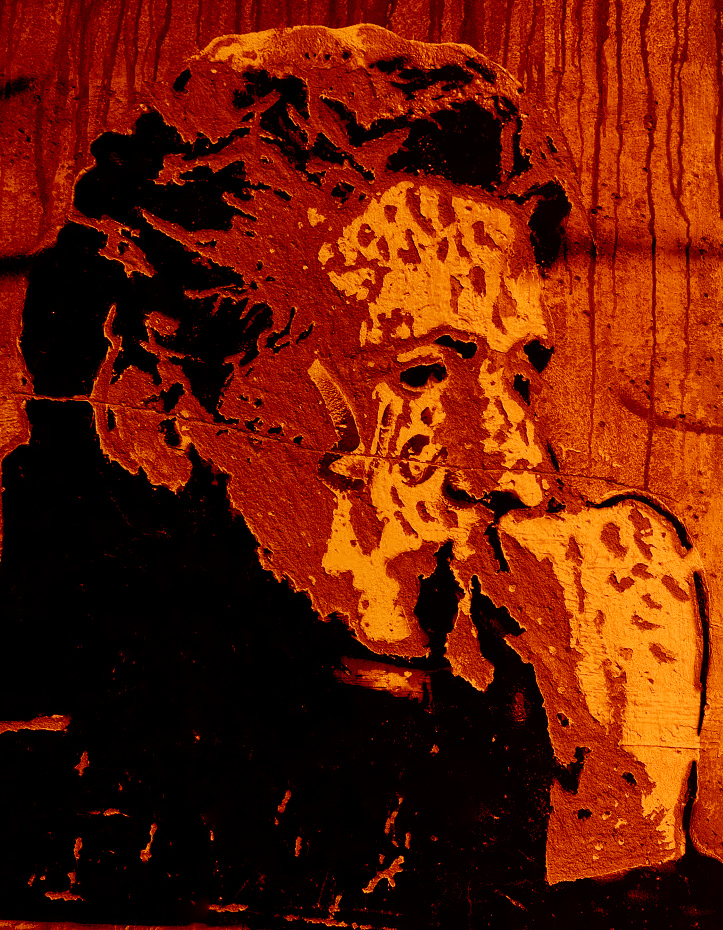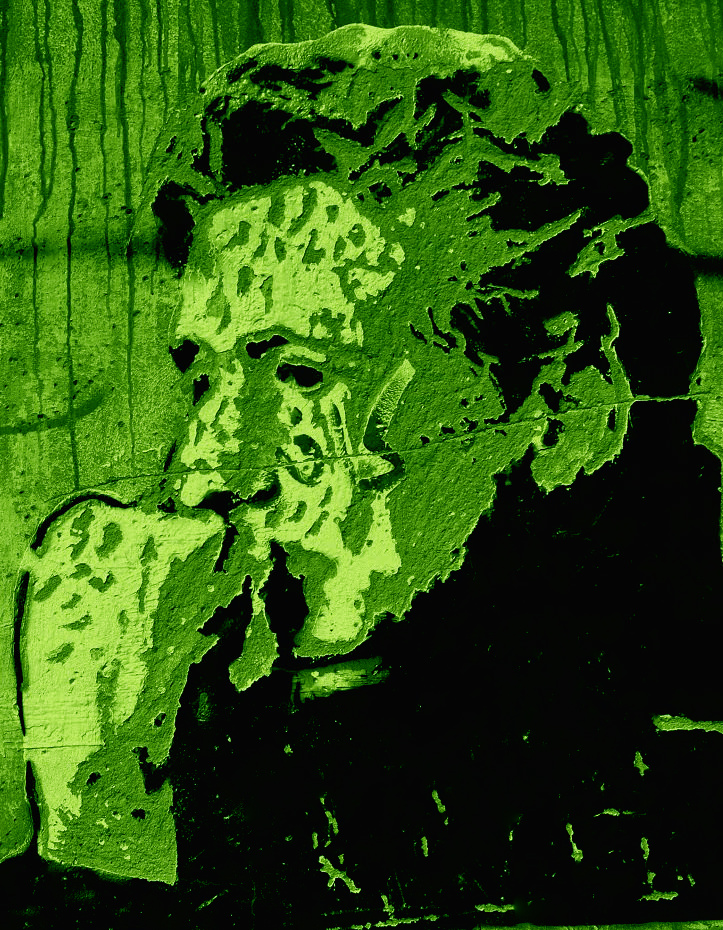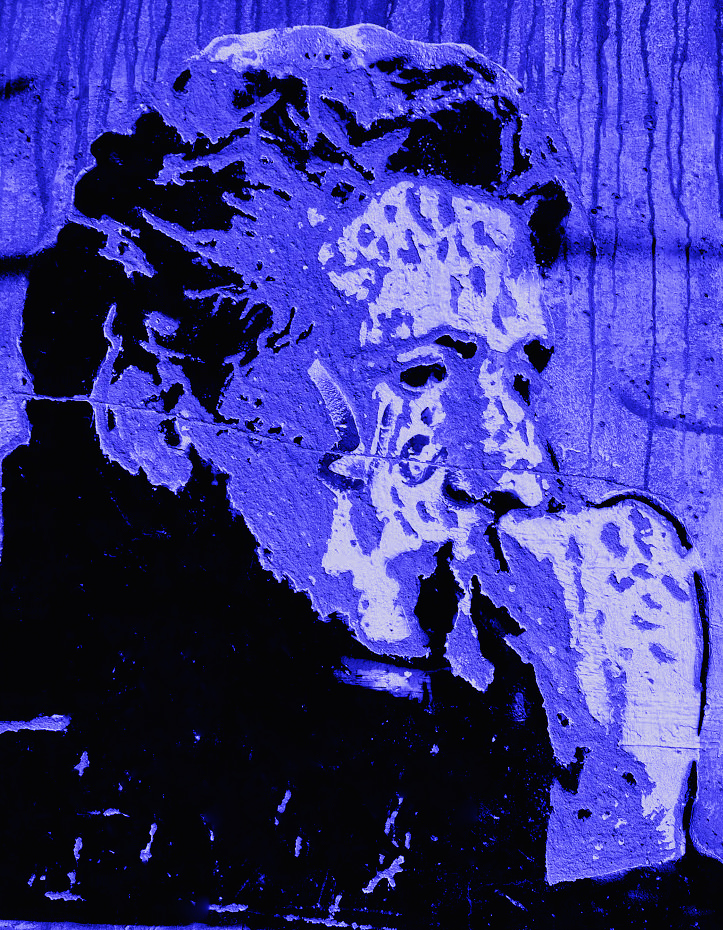Blood of a Slave, Heart of a King: Edward Said as B-Boy
Published in Amer-Asia journal
When hip-hop’s natural mystic Rakim Allah wrote “Know the ledge” in 1992 as an existential fable on hubris and human frailty, he also fired a warning shot to the arrogant and the powerful about the limits of both human understanding and even of knowledge itself. By invoking Five Percent Islamic metaphysics through his brilliant remixing of language and power, Rakim reminded us that even within knowledge, there is a limit to its possibilities—admonishing us that if we cross over the precipice, danger often looms.
Like Rakim, KRS-One, Nas and other rap rebels, Edward Said’s critical opus has defiantly asserted a similar mantra about knowledge and power, history and identity. The poignant street scriptures of these MC’s that describe exiled Black existence in the diaspora are echoed by Said in his own meditations on Palestinian displacement and dispossession. In addition to his attempts to create both a personal and public narrative out of his experience and the trauma of Palestinian lives, he also fomented an intellectual insurgency against empire, indelibly tagging the walls of academia with an incessant and insistent critique of knowledge and the powerful role of history in shaping contemporary realities.
This is why he is so relevant today in the post-9/11 world we inhabit—not only because of his rendering of the relationships between knowledge and power, canons and cannons, but also because the work he created had—to use one of his ideas—a “worldliness” to it. It mattered. For example, when it was revealed that the Pentagon was using Raphael Patai’s 1973 book The Arab Mind as the sacred text for its Inquisitions at the Abu-Ghraib prison and other United States detention centers, it not only confirmed Said’s contentions about the deep-seated Orientalist racism that continues to drive European and American control of the Muslim worlds, but it also revealed the intimate connections between the state, knowledge, and its service to brutal power.
While Stanley Kurtz’s testimony to Congress regarding H.R. 3077 and the policing of Area Studies in the universities was ostensibly about “intellectual balance” and American interests in the post-9/11 environment, it was more clearly an assault on any honest and rigorous understanding of the role of history in shaping and understanding present global power dynamics. It should be no coincidence that Said’s work became the focus of this assault. Because for Said, history was and still is contested—a loaded gun held by the victors to the head of its victims, roulette-style for those who question, blanks for those who conform, and one in the chamber for those who challenge.
For those of us who question and challenge, how do we bear witness to the rogue power blocs, political-military cabals, and matrices of control being put in place across the globe? Put even more simply, how do we confront power? Not with what, but how? Again, Said’s work proves not only relevant, but also vital. Said embodied his own history and identity as a stateless Palestinian not only in the political positions he took, but also in his approach to criticism and speaking truth to power. The role and place of an exilic consciousness permeated much of his work, whether in his attempts to render a presence to exile or in his demand for an intellectual exile from traditional disciplinary “homes” and “specialized” knowledges—what Said described as “secular criticism.” For Said, this kind of criticism would reject the orthodoxies and dogmas that oftentimes accompany various forms of identity—whether they be racial, religious, national, ideological, philosophical, etc.—arguing instead for a kind of principled nomadic existence that allowed for honest, just and reasoned critiques of history, power, and human experience.
In the context of Asian American Studies—a “discipline” fraught with faultlines and profound possibilities—wouldn’t secular criticism free us from the constraints of disciplinary policing that have tended to fracture and contain the unfolding of a complex historical process that sits at the heart of what we are calling “Asian America?” Shouldn’t we also aspire to an intellectual exile from the disciplinary home of Asian America so that, considering the history of Asians (Chinese, South Asians, and others) throughout the Caribbean, we can then make a space not only for U.S.-Cuba relations, but even more urgently, also for the gulag of Guantanamo Bay and Camp X-Ray as a relevant site toward understanding Asian American history and the broader trajectory of empire? And as the “War on Terror” has seen the vicious gaze of white supremacy turned upon not only South Asian Muslims but also Southeast Asians, Arabs, African Americans and Latinos – Muslim and otherwise – how will South Asian American studies respond if it continues to reify and privilege a notion of “South Asian” as exclusively Indian, middle-class and Hindu? Wouldn’t we also be able to better engage the struggles of Iranians, Iraqis, Palestinians and the whole of edifice of control being brutally installed if we can create new narratives with the varied voices of Afghans, Bangladeshis, Sri Lankans, Pakistanis, Kashmiris and others as well? Doesn’t this resonate with Said’s ideas about the intertwined histories and overlapping territories that have come to define the hypocrisy of Enlightenment modernity and the various resistances to it?
By cross-fading and blending these multiple histories, Said’s work was artfully concerned with geography and maps—as both literal power fields in which imperialism unfolded, or even as metaphors for thinking through the process by which power, empire, and resistance operated. Though maps are official symbols of power and history, whose borders are still being drawn in blood, so much of the resistance and resilience of the human spirit resides in the actual territories represented by the maps—the fluid movement of the multitudes who constantly cross borders, spilling over and forcing power to confront them and the possibilities that they inhabit. Similarly, maps, like disciplines, create boundaries—limiting and containing what is and is not possible within the borders of thought. But the territories of experience that these disciplines claim to represent are not so amenable to these demands of power—as intellectual migrants, theoretical exiles and vernacular wanderers challenge established orders, conventional dogmas and parochial visions of the connections between ideas and the peoples who embody them.
Admittedly, the terrain now in the post-9/11 environment is rougher than ever before—a minefield even. But let’s not stand still or move with disciplinary blinders on because there is too much at stake both domestically and internationally. For example, can we afford to see H.R. 3077 as an attack on only Area Studies, and as a result see Ethnic Studies as somehow immune from the ideological impetus behind this bill? If so, doesn’t that reproduce and replicate the very troubling vision that empire happens out there, ignoring the work of Said, Amy Kaplan, Lisa Lowe, Anne McClintock and others who have forcefully shown that empire building as a process also happens domestically—that the racial Others abroad become the enemies within at home? Despite the post-Cold War claims of an “end of history,” it is clear that the frontier justice of the Bush junta sees the globe as an expanding American frontier with “savages” blocking the inevitable march toward “civilization.” Said dug in the crates of history to uncover the kinds of connections that would reveal the intimacies between American foreign aggressions and its violent domestic repressions. Let us bear witness to his legacy. Word.



